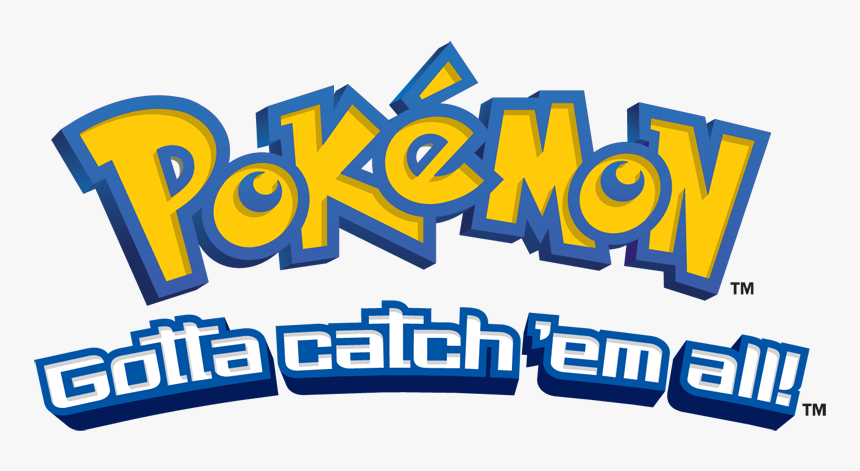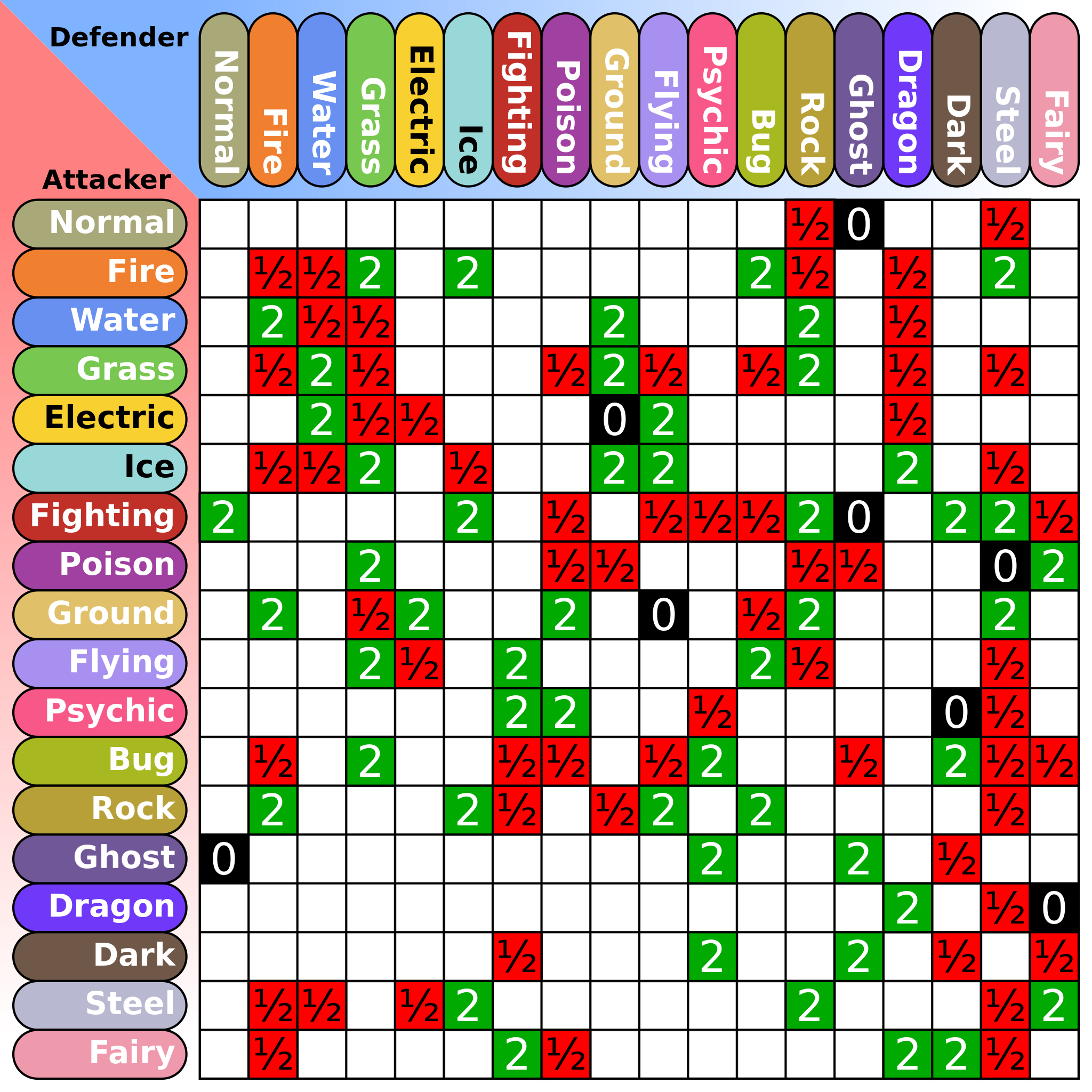Generations 1–3
In the first three generations of Pokémon, whether a move was physical or special was determined
entirely by its type. Every move of a certain type was locked into one category,
regardless of how it looked or behaved.
This created odd situations where some moves did not match their flavor. For example,
Fire Punch was always special because it was a Fire-type move, while Bite was
always special because it was Dark-type, even though both look physical.
Type-Based Split (Generations 1–3)
| Physical Types |
Special Types |
| Normal |
Fire |
| Fighting |
Water |
| Flying |
Grass |
| Ground |
Electric |
| Rock |
Psychic |
| Bug |
Ice |
| Ghost |
Dragon |
| Poison |
Dark |
| Steel |
|
Because of this system, some Pokémon were held back by their typing. For example, Flareon had
high Attack but could not take advantage of Fire-type moves, since all Fire moves were special.
Generation 4 and Onward
Starting in Generation 4 (Pokémon Diamond and Pearl), the system changed completely.
Each move was individually classified as either Physical or
Special, regardless of its type.
- Physical moves: rely on strength or direct contact.
Example: Fire Punch, Tackle, Earthquake.
- Special moves: rely on energy or ranged attacks.
Example: Flamethrower, Psychic, Thunderbolt.
This change dramatically improved balance, allowing Pokémon to use moves that matched
their strengths. It made team-building more diverse and gave many Pokémon new viability
in battle.
Pokémon Tips
Best Starter Choices
- Red / Blue: Bulbasaur
- Yellow: Pikachu (starter is fixed; no choice)
- Gold / Silver / Crystal: Cyndaquil
- Ruby / Sapphire / Emerald: Mudkip
- FireRed / LeafGreen: Bulbasaur
- Diamond / Pearl / Platinum: Chimchar
- HeartGold / SoulSilver: Cyndaquil
- Black / White: Tepig
- Black 2 / White 2: Tepig
- X / Y: Fennekin & Bulbasaur or Froakie & Charmander
- Omega Ruby / Alpha Sapphire: Mudkip
- Sun / Moon: Popplio
- Ultra Sun / Ultra Moon: Popplio
- Let’s Go, Pikachu!: Partner Pikachu (starter is fixed; no choice)
- Let’s Go, Eevee!: Partner Eevee (starter is fixed; no choice)
- Sword / Shield: Scorbunny
- Brilliant Diamond / Shining Pearl: Chimchar
- Legends: Arceus: Cyndaquil
- Scarlet / Violet: Fuecoco

